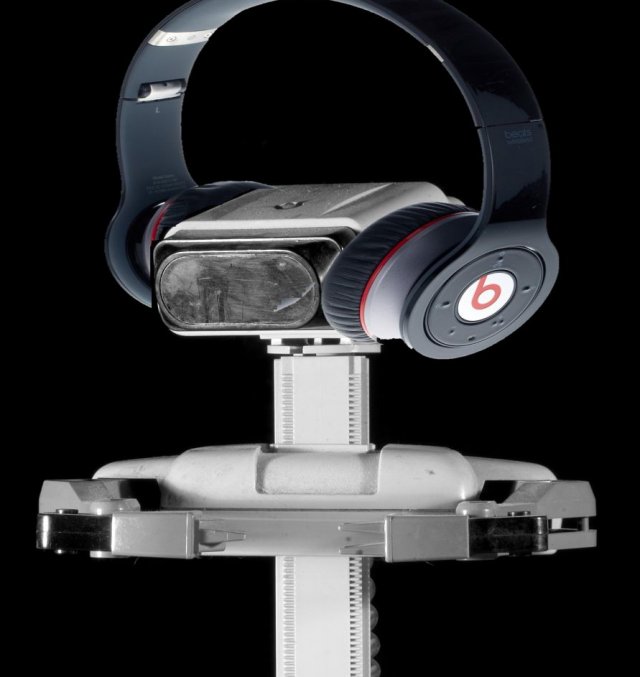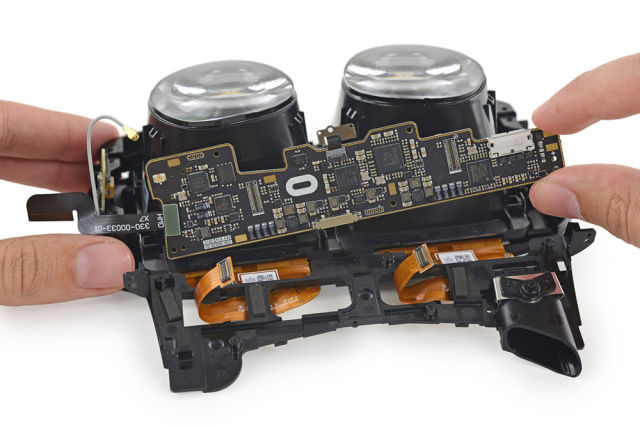Sam Machkovech
Seattle's Pacific Science Center is the latest home to Nathan Sawaya's all-LEGO art exhibit.
42 more images in gallery
SEATTLE—We at Ars love a good piece of LEGO design, particularly the fare found at regional fan fests like BrickCon on an annual basis. But while those shows impress with pop-culture references and sprawling towns full of vehicles, spacecraft, ships, and villagers, they don't typically include the kinds of original work or high-art references you'd expect to see at a museum.
Oregon-raised artist Nathan Sawaya, on the other hand, has made art out of LEGOs for years—and shown it off at art galleries across the world since 2007. The artist's latest show, which we caught on its opening weekend in Seattle, continues to revolve around his original creations, which are included in the lower gallery (and will be familiar to anybody who's attended a Sawaya show over the years). But his more recent work has revolved around LEGO recreations of classic paintings and sculptures, which you'll see in this article's upper gallery.
From Monet to Munch, and from Egyptian temples to politically charged Americana, Sawaya's Art of the Brick collection crosses a ton of artistic movements off the LEGO list. You can see all of this and more at the Pacific Science Center until September 11.









